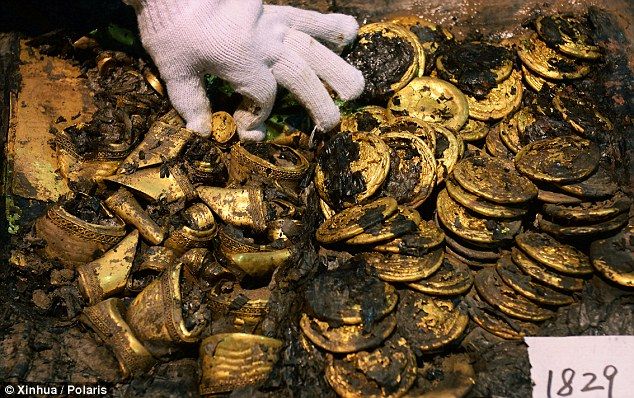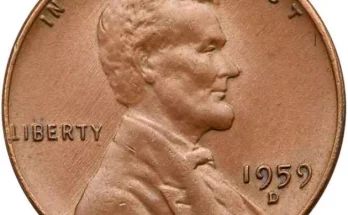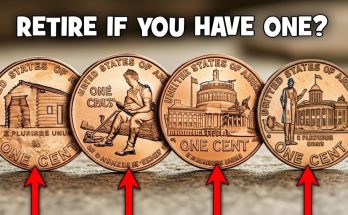“use your good sense of narration, as it is needed for a legend”
When in 2004 a consistent hoard was found in Sovana, rumours spread about the legendary Treasure of the Count of Montecristo.
The following is the story of a mysterious treasure, no one has ever seen. Its legend is born in the V century, when a saint was exiled in Montecristo, and through the centuries the treasure has been target of pirate attacks, implicated in wars and revolutions, led to robberies and murders, and involved in change of governments and from different nations. It was described by novelists and story tellers. It was able to connect the Mediterranean Sea, from the Tuscan Archipelago to the African and Turkish coasts, and from the Corsica arrives to London. At last, an accidental finding of a mysterious huge amount of gold coins could put the word end to this story: but we are not sure at all…
This long article will be published in serial form. To make the most of it, you need to use your good sense of narration, as it is needed for a legend, and let your imagination flows.
An exhibition has been recently organised
The gold hoard was discovered by accident under the pavement of the Church of Saint Mamiliano in the little village of Sovana (Grosseto) during restoration works. Recently, for the first time an exhibition showed this immeasurable treasure. Some of the coins could be exhibited in Sovana, while the rest remains to the governmental Sovrintendenza ai Beni Artistici (Commission for the Architectural and Landscape Heritage) in Florence for study purposes. But in Sovana they want the coins back to show them in a suitable local museum. It is a hoard made of 498 gold solidus, coined under the Empire of Leo I (457 – 474) and under the Empire of Procopius Anthemius (467 – 472), weighting each 1/72 of Roman pound (approx. 4,5 grams).
Montecristo or not, it is a fortune everyone would be happy to come across. Of course, everyone in Sovana is glad because it is an enormous quantity of money. The entire world was startled about the finding, but in the meantime doubts raised.
Doubts about the treasure finding
Is it really the famous Treasure of Montecristo? A first hesitation comes from the location of Sovana, which is in the very countryside of Southern Tuscany, close to the border with Latium.
Montecristo, instead, is a little island of the Tuscan Archipelago between the south coast of Tuscany and the Corsica (France) – a few miles from the relict of the Costa Concordia ship, of notorious captain Schettino. Between them, there are about 200 km of sea, lagoon and vineyard hills. The legend, instead, clearly talks about the island of Montecristo.
The Archive of Folk Traditions of Maremma is the best place to enquiry about it. Founded in 1979 by the municipality of Grosseto, which is the capital of the province, the Archive is ‘THE’ local research and study centre about legends and traditions of the area. Piergiorgio Zotti, Archive Coordinator, doubtfully said: “I would not call it ‘the treasure of Montecristo’. I would rather call it ‘a lucky series of coincidences’. The first of them is the witness of some ancient maps and some old manuscripts studied by scientists, not only from the fantasy point of view. These documents testify the Treasure of Montecristo was hunted even in remote times, by the Princes of Piombino, by the Grand Dukes of Tuscany, and of course, by an expedition of Corsican guys. They took a boat to Montecristo but to find nothing, just a “pignatto” (tn. a jar, also called olla) full of ashes and calcined bones. Here it is the coincidence. And in what does it consist? The coincidence is that those young people searched the treasure by the altar of Saint Mamiliano, who was an African bishop, evangelizer of the Tuscan Archipelago and of Sovana, who lived and died in Montecristo. The coincidence keeps on, because few years ago archaeologists have found out this ‘small treasure’ in the church of Saint Mamiliano in Sovana. However, I would not call it ‘small treasure’, but rather ‘a treasure’ because it is a consistent hoard of gold coins. They have been coined in the period of Saint Mamiliano, the period of the Eastern Roman Empire. Here is the analogy, which is interesting for legend and tradition researchers, but neither for archaeologists nor for historians. It is because analogy develops between two elements, each other apparently far in space and time, which stimulate always imagination and thrill of mystery.”
The small village of Sovana
Lost in the countryside of Tuscany, Sovana village is so small that today only 138 people live there. Despite of that, this little gem has a
glorious past. It has been one of the Etruscan centres, and later was a Roman “municipium”. From the V century Sovana was an Episcopal See. But, it was conquered by the Lombard’s in 592-605, and became their administrative centre in the area.
In the Middle Ages, Roselle the capital of the county was abandoned due to Saracen depredations. Sovana became the capital of the county under the Aldobrandeschi, the dominant family, who were so powerful that Ildebrando Aldobrandeschi di Sovana was elected as Pope Gregory VII. He was born in Sovana and he has been one of the most important popes of the history. He died in exile in Salerno, where his body is still preserved in a sarcophagus in the main Cathedral.
Sovana importance declined when the county was acquired by the Orsini family, who moved the capital to the nearby city of Pitigliano in the XIII century.
Today is a rural and touristic centre, a picture of the ideal Tuscan countryside, with one Medieval castle and relative Etruscan walls, three archaeological parks, two museums, one archive centre for local history, five grade A listed buildings, two churches, a cathedral, one oratory, one chapel, and a square – nothing older than Renaissance time – and everything is spread on a 500mt area only.
The recent exhibition in Sovana about the treasure was much discussed. Piergiorgio Zotti: “An article published on the Corriere della Sera (ed. the most important Italian newspaper) transformed a legend into a real fact, saying that the Treasure of Montecristo was found in Sovana. But, this is stretched. But as a stretch, it has been much appreciated by many. I have received many calls about it and the last from you. Because the all of you are looking for the treasure, you want to find the way to it (ed. he smiles). The hoard was in the church of St. Mamiliano. But archaeologists, who are reliable people and do not play with fantasy, cannot say who was the owner, or why it has been buried. Think about: the origins of the village of Sorano (ed. the nearby municipality capital today) are linked to mercenary’s armies of the Byzantine Empire coming from Syria. Someone said, for example, that this hoard could be their wage. Others said, it is not possible, because the value of the hoard is too high. Researchers should determine the real purchase value of that gold mass.”





